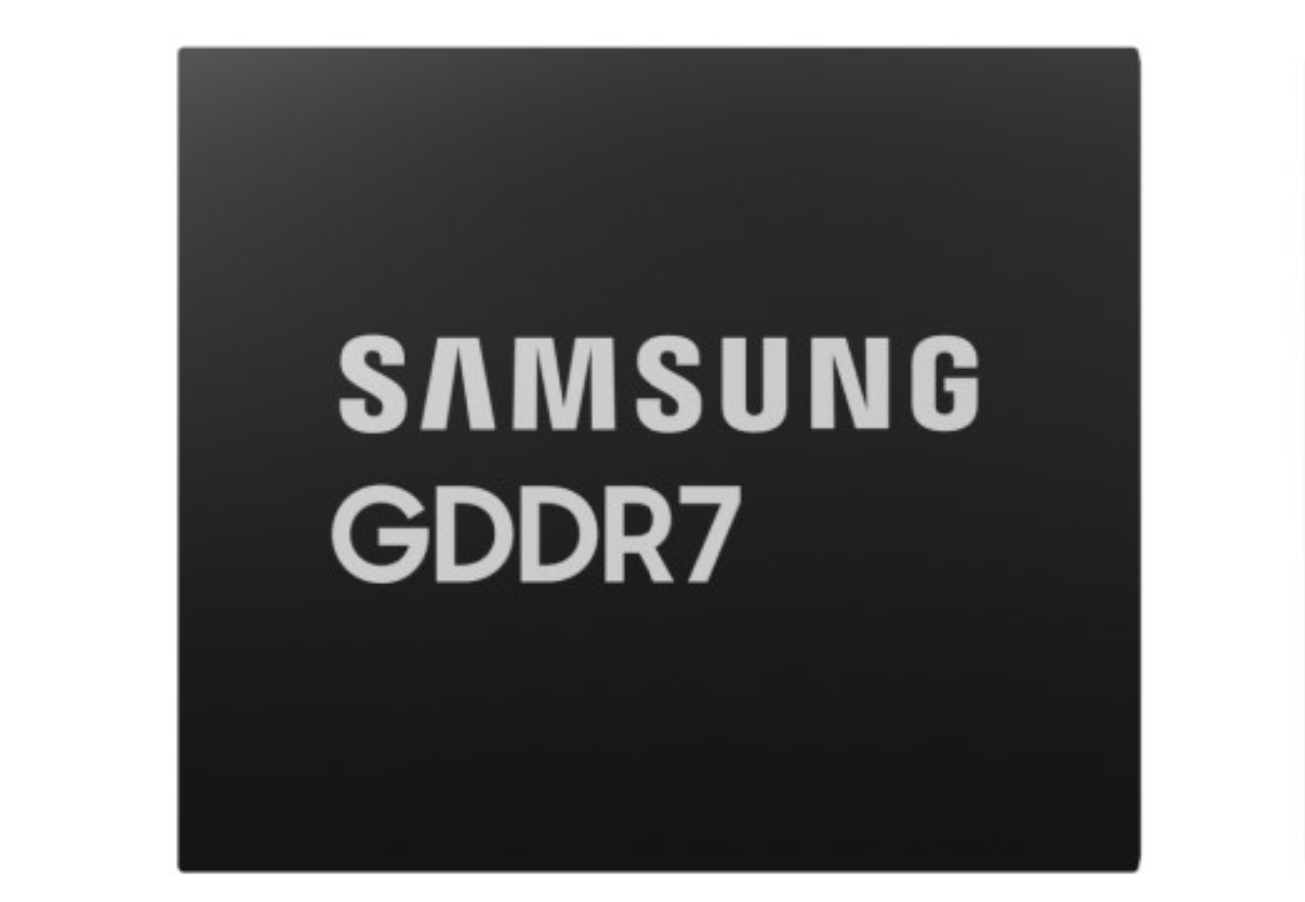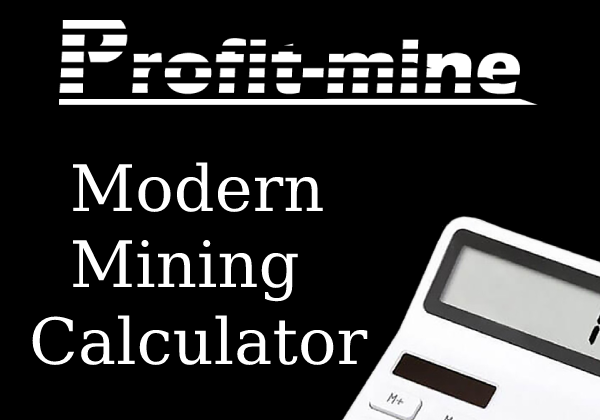 Samsung has unveiled the first generation of GDDR7 video memory, which will be available to graphics card manufacturers by the end of 2023. The key feature of GDDR7 is its increased data transfer speed of up to 32Gbit/s, although Samsung had previously announced working on GDDR7 with 36Gbit/s per pin, possibly indicating a second revision of this memory standard. Compared to the current generation of graphics cards with GDDR6 (18 Gbit/s - RTX 4060Ti, 20 Gbit/s - RX 7900XTX) and GDDR6X (21Gbit/s - RTX4090 and RTX4070, 22.4Gbit/s - RTX 4080), the new generation will see a significant boost in memory subsystem performance if Nvidia and AMD decide to use GDDR7 in their gaming graphics cards next year.
Samsung has unveiled the first generation of GDDR7 video memory, which will be available to graphics card manufacturers by the end of 2023. The key feature of GDDR7 is its increased data transfer speed of up to 32Gbit/s, although Samsung had previously announced working on GDDR7 with 36Gbit/s per pin, possibly indicating a second revision of this memory standard. Compared to the current generation of graphics cards with GDDR6 (18 Gbit/s - RTX 4060Ti, 20 Gbit/s - RX 7900XTX) and GDDR6X (21Gbit/s - RTX4090 and RTX4070, 22.4Gbit/s - RTX 4080), the new generation will see a significant boost in memory subsystem performance if Nvidia and AMD decide to use GDDR7 in their gaming graphics cards next year.
Simple calculations show that the hypothetically named RTX 5000 and RX 8000 series could achieve a bandwidth increase of 40% to 77% with unchanged memory bus width. Based on this data, it is possible to estimate the potential hash rates of the RDNA4 (RX8000) and Ada Lovelace Next (RTX5000) graphics card generations using the EThash mining algorithm as it heavily relies on the video memory subsystem performance.
|
|
RTX3060 |
RTX4060 |
RTX5060 | RTX3070 | RTX4070 | RTX5070 | RTX3080 | RTX4080 | RTX5080 | RTX3090 | RTX4090 | RTX5090 |
|---|---|---|---|---|---|---|---|---|---|---|---|---|
|
Width memory |
192bit | 128bit | 128bit | 256bit | 192bit | 192bit | 320bit | 256bit | 256bit | 384bit | 384bit | 384bit |
|
Memory |
GDDR6 | GDDR6 | GDDR7 | GDDR6 | GDDR6X | GDDR7 | GDDR6X | GDDR6X | GDDR7 | GDRR6X | GDDR6X | GDDR7 |
|
Speed transmission |
15Gbit/s | 18Gbit/s | 32Gbit/s | 14Gbit/s | 21Gbit/s | 32Gbit/s | 19Gbit/s | 22.4Gbit/s | 32Gbit/s | 19.5Gbits | 21Gbit/s | 32gbit/s |
|
Hash rate ETHash (ETCHash) |
60Mh/s | 33Mh/s | 58Mh/s | 63Mh/s | 62Mhh/s | 94Mh/s | 105Mh/s | 91Mh/s | 127Mh/s | 122Mh/s | 130Mh/s |
197Mh/s |
Based on this data, it is possible to estimate the potential hash rates of the RDNA4 (RX8000) and Ada Lovelace Next (RTX5000) graphics card generations using the EThash mining algorithm as it heavily relies on the video memory subsystem performance. The data clearly illustrates how Nvidia reduced the memory bus for all graphics cards in the current RTX 4000 generation, except for the flagship model RTX 4090, which significantly affected the hash rates on algorithms like Ethash and other memory-dependent algorithms such as ETChash and KawPow. Although Nvidia tried to compensate for the narrower memory bus by using faster GDDR6 and GDDR6X memory, the RTX 4060's hash rate suffered significantly compared to the previous generation. GDDR7 seems to address this issue, as the RTX 5060 with GDDR7 memory is expected to have a similar hash rate to the RTX 3060. This indicates that Nvidia might have rushed the memory bus reduction and should have implemented it only in the next generation to avoid disappointing buyers, as was the case with the RTX 4060. For AMD graphics cards, the situation regarding mining performance on the Ethash algorithm is even more ambiguous. The reduction of the memory bus for their lower-end graphics cards was done in the previous generation, while for their high-end graphics cards (RX 7900XT), the memory bus was actually increased from 256-bit to 320-bit, likely in response to competition from Nvidia's higher-end models utilizing faster GDDR6X memory.
|
|
RX5600XT | RX6600XT | RX7600XT | RX8600XT | RX6900XT* | RX7900XT | RX8900XT |
|---|---|---|---|---|---|---|---|
|
Width memory |
192bit | 128bit | 128bit | 128bit | 256bit | 320bit | 320bit |
|
Memory |
GDDR6 | GDDR6 | GDDR6 | GDDR7 | GDDR6 | GDDR6 | GDDR7 |
|
Speed transmission |
14Gbit/s | 16Gbit/s | 18Gbit/s | 32Gbit/s | 16Gbit/s | 20Gbit/s | 32Gbit/s |
|
Hash rate ETHash (ETCHash) |
42Mh/s | 32Mh/s | 32Mh/s | 56Mh/s | 64Mh/s | 90Mh/s | 144Mh/s |
*The RX 7700 and RX 7800 graphics cards are not mentioned as they have not been officially released yet, and the RX 5900 was not produced at all.
Conclusion: The new GDDR7 video memory standard will provide a significant boost in the memory subsystem's performance for consumer graphics cards, which will also positively impact their mining capabilities for cryptocurrencies using algorithms such as Ethash, Etchash, KawPow, and other memory-intensive algorithms.









